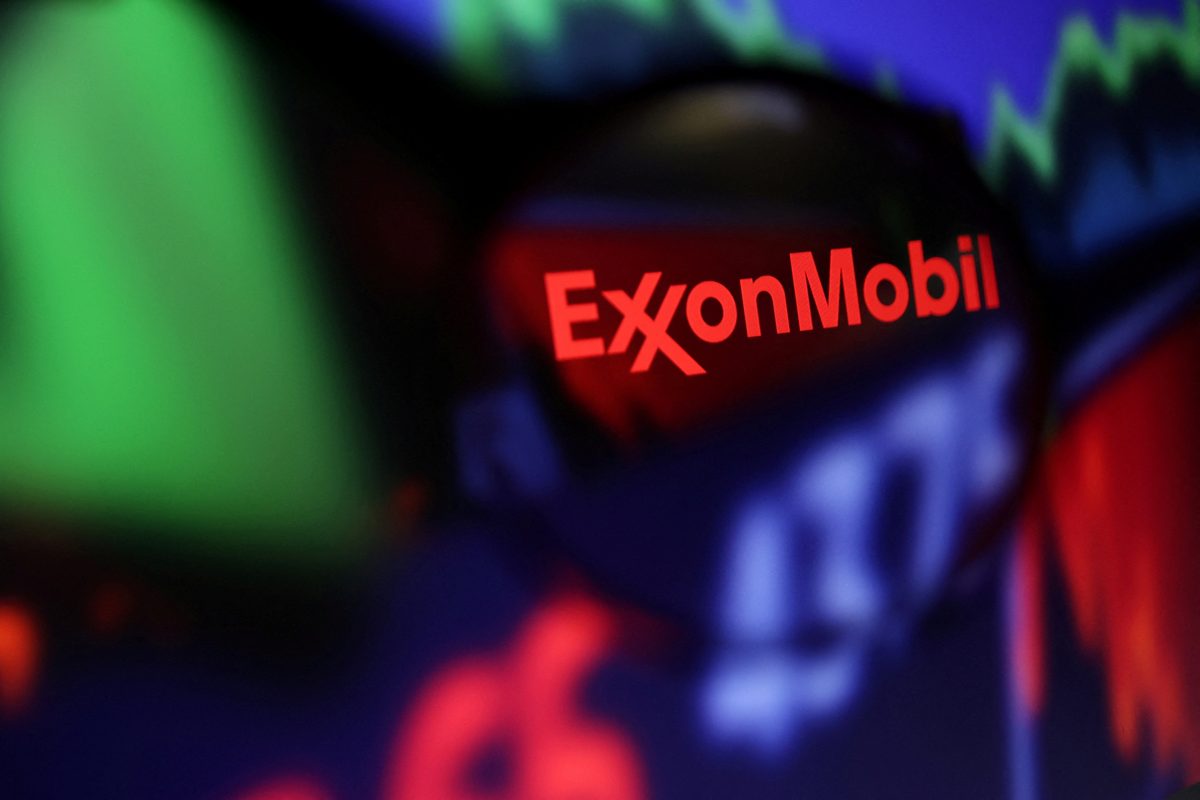Chartered accountant and attorney Christopher Ram has accused ExxonMobil of engaging in dodgy accounting pertaining to sums received from oil company, Shell and its current partners, CNOOC and Hess.
In a letter that appears in today’s Stabroek News, he also charged that the current government was just as complicit as the former APNU+AFC administration in letting ExxonMobil dictate to it and holding on to the entire Stabroek Block longer than it should.
ExxonMobil has often contended that it is fully transparent in its accounting practices.
“…The company is regularly audited by the government, its co-venturers and professional audit firms to verify the integrity of its accounting against international standards, and the terms of the Production Sharing Agreement and Joint Operating Agreement,” the company said in April this year in response to questions from Stabroek News about the IHS audit.
“We are fully transparent with our accounting practices and records, and we have communicated to the Guyana Revenue Authority and the Ministry of Natural Resources our response to the initial claims raised by the IHS Markit audit,” it added.
Ram, who has been a key commentator on oil and gas for years, argued that ExxonMobil’s subsidiary, Esso Exploration and Production Guyana Limited never accounted in its local books for huge and undisclosed sums received from British multinational company, Shell under an assignment and farm out Agreement in 2009 for a 25% participating interest in the Stabroek Block.
“Having gotten away with that dodgy accounting, Esso repeated it when in 2011, Shell forked out more money to double its participating interest. Those moneys never found their way into the books of Esso. Shell later withdrew and in 2014, Esso sold participating interests to Hess (30%) and CNOOC (25%) in the Block. Effectively, Exxon sold the same rights twice, but never accounting for it once”, Ram stated.
He said that those revenues should have been accounted for as credits, thus reducing the amount of contract cost recoverable by Exxon.
Force majeure
Ram noted that a couple of months after being awarded the petroleum deal of the 20th century by the PPP/C in 1999, Esso claimed “force majeure” of the entire contract area of 26,808 sq. km because of an issue involving Suriname at one extreme of the contract area, claiming that they were prevented from carrying out their contractual obligations, presumably within any part of the contract area. Ram said that this was a brazen lie but the PPP/C Government meekly acquiesced.
When in October 2008 after force majeure was lifted, Ram pointed out that Esso sought and the PPP/C entered into an Addendum to the 1999 Agreement, modifying the description of the contract area, the relinquishment obligation, and the initial period of the exploration programme.
In 2015, when a team from the Petroleum Unit of the Guyana Geology and Mines Commission (GGMC) headed by Commissioner Newell Dennison visited the Exxon’s Head Office in Texas to discuss then current issues, “the bullies from Texas inhospitably told them that the only thing to be discussed was a new Agreement” Ram said.
When Dennison complained to Petroleum Minister Raphael Trotman in a written Memo of being “confronted” on a new Contract, Ram said that Trotman did nothing.
“In fact, his Ministry started working towards the infamous 2016 Petroleum Agreement – shockingly, with the help of Exxon’s top lawyers.
“To give legitimacy to the new Agreement, a Bridging Deed was concocted to make the 1999 Agreement part of the 2016 Agreement. By Trotman’s own admission in his recent book, the so-called signing bonus was not a signing bonus at all, but a sum to pay legal fees partly to protect Exxon’s interest”, Ram said.
In the new Agreement, at paragraph (k) of Section 3 of Annex C, Ram said that Esso and its co-venturers claimed from the Government US$460.2 Mn. as the combined pre-contract costs incurred by Exxon, CNOOC and Hess up to December 2015. Embarrassingly, their own audited financials for that year showed they had only expended at a maximum US$368 Mn, Ram said. If that is not fraud, I would like someone to tell what is a fraud!, he thundered.
Ram further pointed out that Trotman commissioned an independent investigation by a UK law firm Clyde & Co “into the circumstances leading to the execution of the 2016 Petroleum Agreement”.
“Their report is a damning indictment of Exxon which actually wrote for Trotman the Cabinet Paper seeking approval of the 2016 Agreement. Neither Trotman nor his successor Vickram Bharrat made the report public.
“Additionally, despite the incriminating information of Trotman’s and the APNU+AFC’s conduct in the execution of the Agreement, the PPP/C has refused to hold an inquiry, presumably to protect Exxon from public scrutiny and the discovery and exposure of their accounting shenanigans”, Ram said.
While he said that Trotman has suffered the lion’s share of blame for the giveaway of the country’s patrimony, the PPP/C is no less culpable.
“It was the PPP/C under Janet Jagan that started the whole monkey business. And the PPP/C that allowed the generous force majeure in 2008 when the current VP was President. It is the PPP/C, too, that has refused to take up the damning Clyde & Co report. And it is the PPP/C that has played around with the IHS Audit report issued nearly three years ago”, Ram charged.





